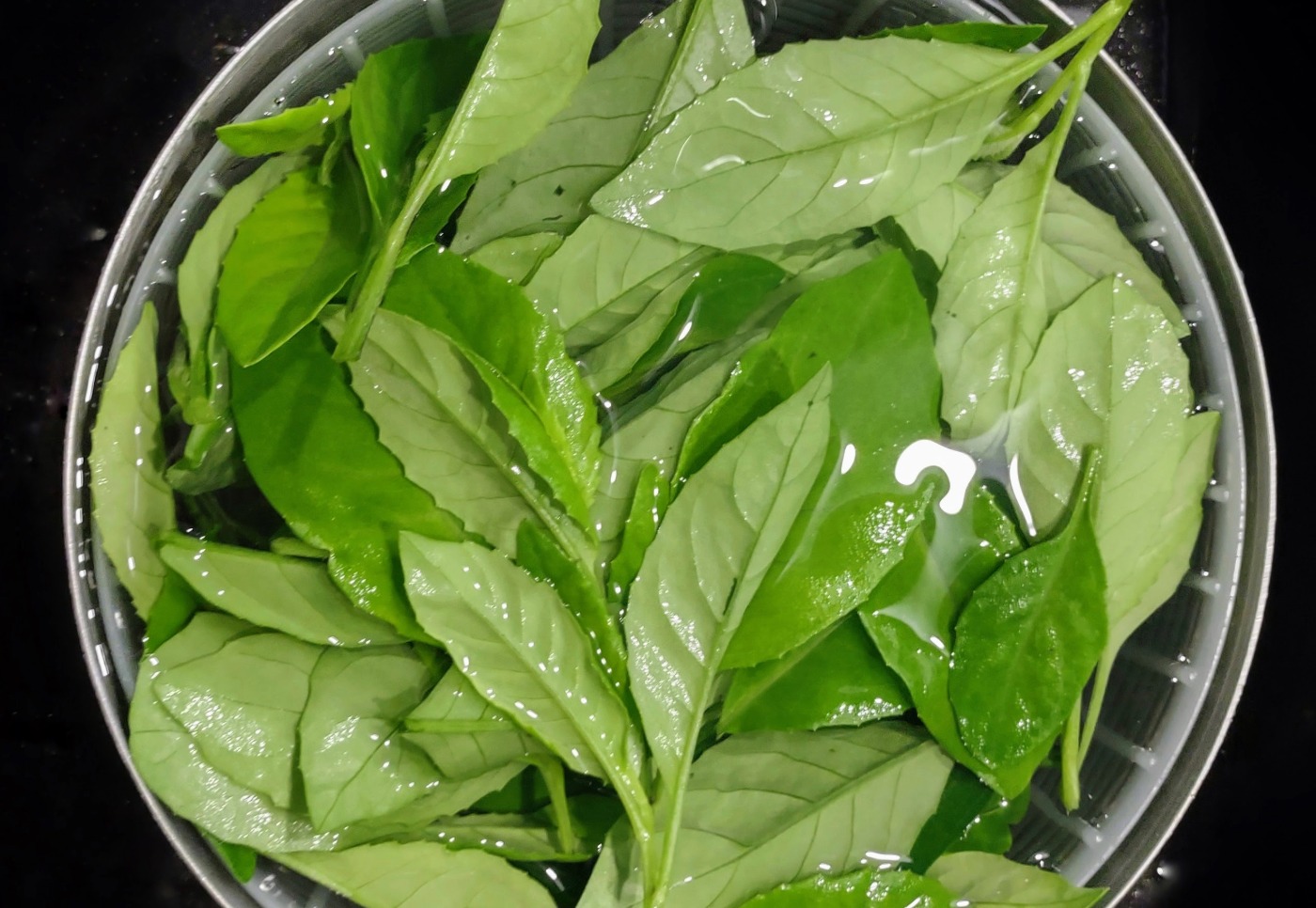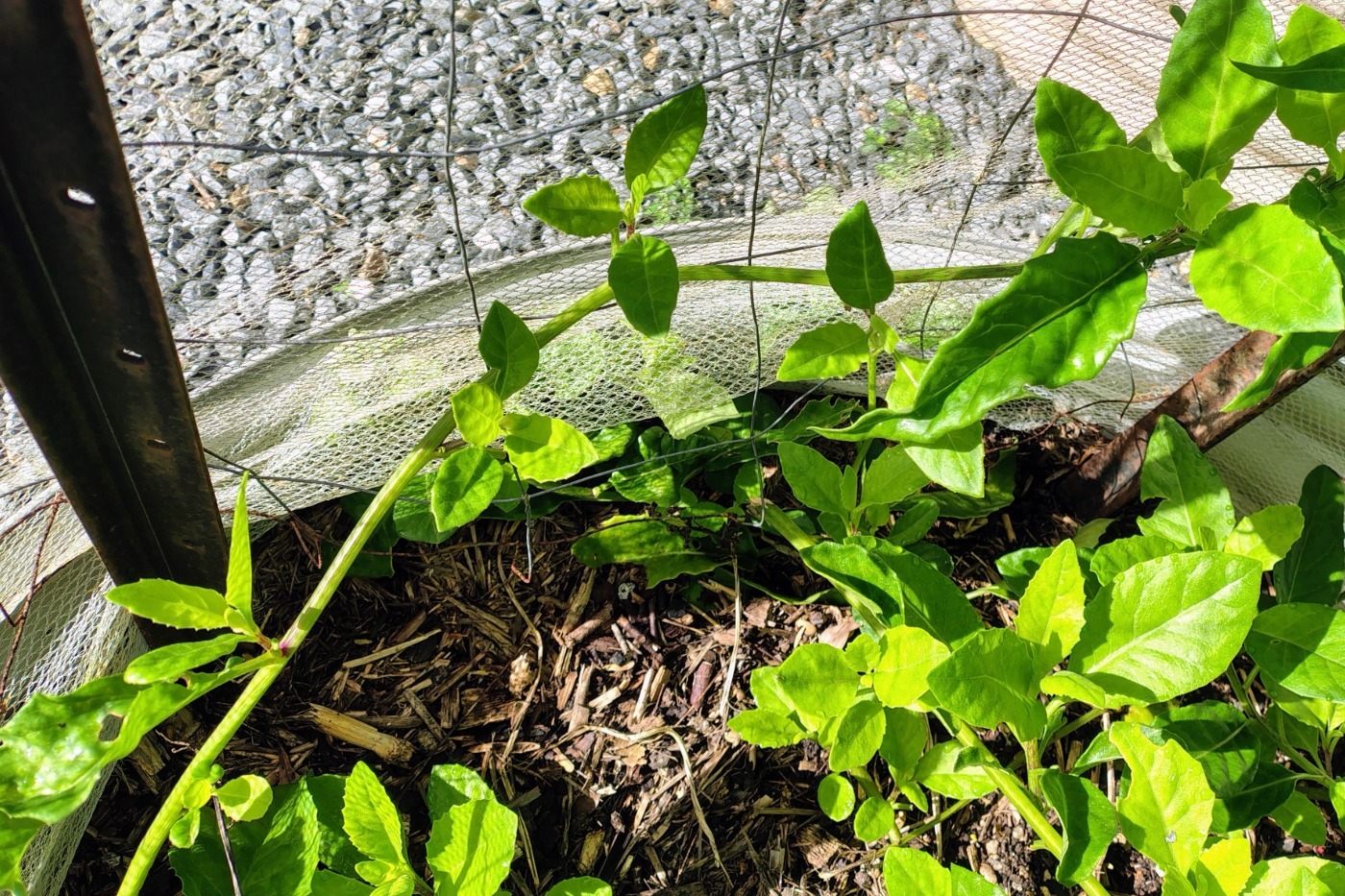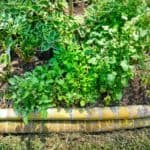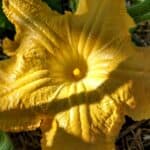This post may contain affiliate links.
I made a really stupid mistake with my longevity spinach a couple of weeks ago, so I thought I should tell you how not to harvest this fabulous tropical spinach. After almost 4 years on the farm now, it’s one of the top staple foods we grow, it’s a super-useful green veg to grow in the tropics. It absolutely 100% saves us money on our grocery shopping and it basically grows itself, and propagates itself.

Growing Longevity Spinach
I’m growing longevity spinach in the tropics of Australia, in Far North Queensland. That said, we’re at about 400m elevation, which makes our climate a little cooler. Winter temperatures have got down to 3C at night here, but I’ve never seen a frost. At these temperatures longevity spinach grows year-round, as a perennial green.
I grow the bulk of the longevity spinach in a raised bed and keep it well watered. As it’s a green leafy crop, it likes a high nitrogen fertiliser. We use blood and bone, worm juice, rotted manure, whatever we’ve got. We have a post here on DIY fertilisers.
A pot on the deck in partial shade is also producing plenty of longevity spinach, and I’ve grown it in the ground, it’s not fussy. Full sun works fine, as does part shade.
Harvesting Longevity Spinach

We’ve been eating longevity spinach for months now, it’s been incredibly productive and pest-free through winter and into spring. Towards the end of September (spring) I noticed a few grasshoppers and caterpillars starting to damage the leaves, so I figured it was time to harvest a big batch for the freezer. This is where I stuffed up!
I was browsing YouTube, watching a lovely lady in Africa harvesting her longevity spinach. She was choppping off long branches, almost cutting it back to nothing. So I did the same. Now I realise that was a big mistake.
The best way to harvest longevity spinach is to pick individual leaves. Keep the long stems intact, new leaves will grow all along their length.
If you cut off the long stems the plant has to play catch-up and regrow that whole stem.
It’s very noticeable now, in October, that we have a lot less spinach, and what’s left is getting smashed by bugs, and it will through the hotter months.
Uses of Longevity Spinach
Just treat it as you would spinach. The leaves are more robust than regular spinach and don’t cook down to nothing. The leaves aren’t mucilagenous, as other tropical spinach plants can be, and I think they taste slightly of peas. All of this, and how easy it is to grow, make it my favourite leafy green from the garden. We often cook it up with some sweet potato leaves – another plant that grows itself in our climate.
For freezing we just chop it up and freeze it raw. No blanching required.







